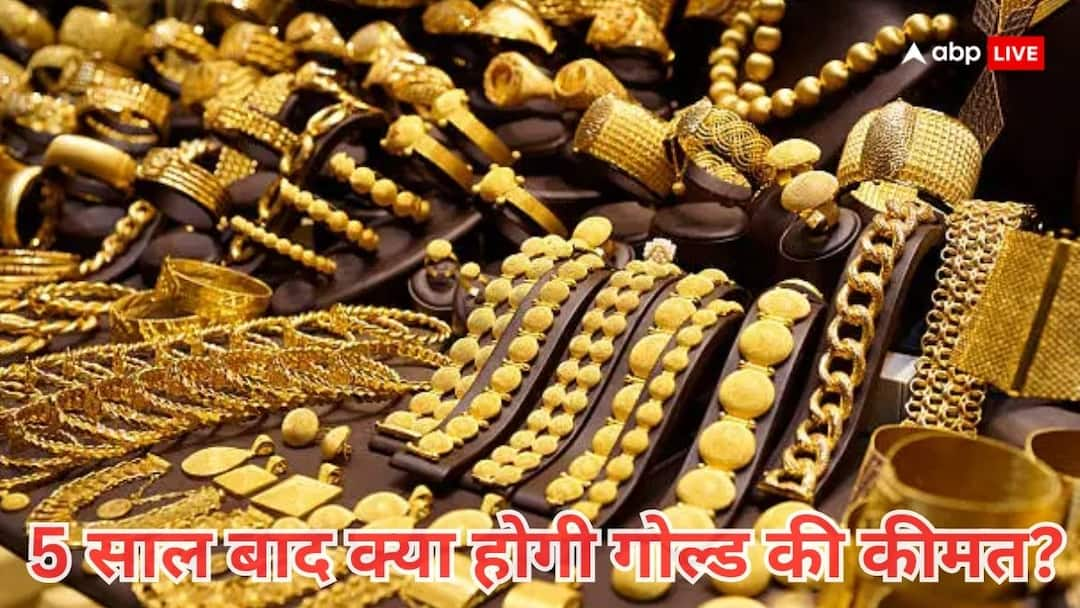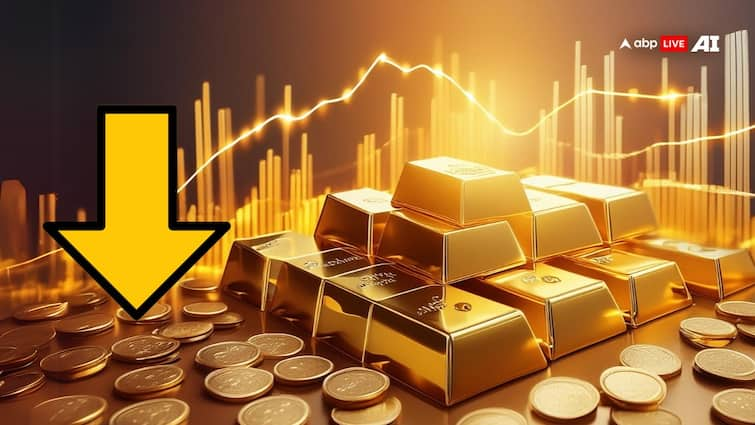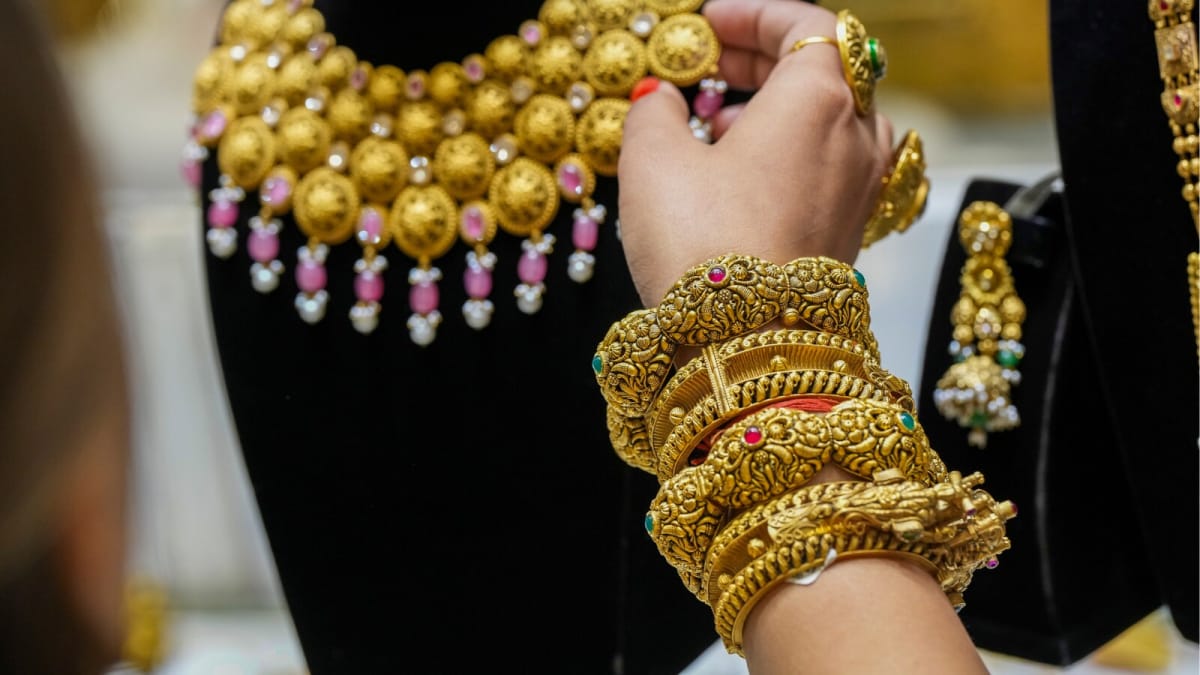- October 31, 2024
Why is there an upward rally in gold prices? Explained
The story so far: Mired amidst geopolitical tensions and economic uncertainty, spot price of gold scaled a record high of $2,758.37 for an ounce on October 23. At the time of writing, the yellow metal was priced at $2,731.45/ounce having marginally corrected course from the record high. In India, gold was mirroring the upward trajectory at ₹7,513.37/gram, 40% higher than ₹5,354.20/gram a year ago. Imperative to note, the demand for the yellow metal has historically been observed to peak in lieu of the festive season, thus, potentially translating to a positive effect on its prices.
What determines the price of gold?
Central to the assessment are two currents: prevailing investor appetite (compared to other assets such as bonds) but more importantly, the yellow metal’s safe haven characteristic. Gold has lower co-relation with other asset classes and, therefore, provides a safety cushion during periods of geopolitical stress and prevailing economic uncertainty and/or downturn in markets.
Further, prices of gold are suggested to hold an inverse relationship with interest rates. That is, when interest rates are tightened gold becomes less attractive to investors as they do not offer any yield — even in tightened conditions. Conversely, lower interest rates coupled by a weaker dollar can prompt investors to also opt for the safety bullion cushion. However, the relationship is not airtight and has been observed to prompt exceptions owing to inflationary conditions and/or geopolitical tensions, among other factors.
The notion about gold being a safety cushion is best reflected in the purchase of the yellow metal by central banks to hedge against global uncertainties, other than diversifying their forex reserves. For perspective, as per the World Gold Council (WGC), central banks made net purchases of 8 tonnes in August. Leading buyers were the National Bank of Poland, Central Bank of the Republic of Turkey followed by the RBI.
Broadly, gold prices are determined by forces of supply and demand. Imperative to note here, that gold is finite. The gestation period from mining to production cannot effectively respond to market dynamics. According to WGC, it often takes decades to move from discovery of a mine to production.
What have we observed about demand dynamics in India?
Demand for the yellow metal traditionally peaks in the second half of the year with the arrival of the festive season and the onset of the wedding season. The buffer period in between (generally, mid-September to the onset of October) is considered inauspicious for such purchases as per the Hindu calendar. According to the WGC’s October update, the above stipulated buffer period further marred by high prices have kept consumers away from buying the precious metal. However, it observed from market reports, about a resurgence in gold buying with the festive season and a demand largely driven by wedding purchases. With respect to prices, the monthly report held that the price increased in September primarily because of a decline in the U.S. dollar with the Fed’s rate cut. This coupled with geopolitical tensions helped the rally. Imperative to note that globally the prices of gold are referenced in U.S. dollars. Thus, the decline in dollar spurs demand for the yellow metal seeking safe haven and hedging.
What happens from here?
Saiyam Mehra, Chairman at the All-India Gems and Jewellery Domestic Council told The Hindu that prices of the yellow metal may further continue their upward trajectory. According to Mr Mehra, the international market rates may come down between early to mid-November by about $50 to approximately $2,650/ounce. However, he observes that the rates could again go up between $2,800 and $3,000 in the next year — about ₹92,000 to ₹96,000. The latter being 20% higher compared to the present prices. “(At present) Even after the rates have increased, there is a good footfall in the market but not what we saw last year. The volume has decreased 10% but the value has increased about 15%,” Mr. Mehra informed. Separately, he further anticipated 20% sales of bullion and 80% of jewellery during the important Dhanteras season.
Kavita Chacko, Research Head (India) at the WGC further observed that investment demand has been rather strong. The investment interest is being supported by strong price performance of the yellow metal. Furthermore, WGC also expects an increased demand for the yellow metal from rural areas emanating from “improvements in overall consumption”. It observes, “Favourable monsoons and higher crop sowing this year are anticipated to boost rural incomes, potentially leading to higher gold purchases.”
Reflecting on the domestic economic currents and their impact on prices, Ms. Chacko observed that the reduction in gold import duties in July has “significantly boosted demand”. Further, she told The Hindu, “Strong monsoons have raised rural consumers’ spending power, which has raised demand in both rural and tier II and III cities. Gold demand is typically high throughout the festive and wedding seasons, which we are currently in.”
Published – October 31, 2024 08:30 am IST







